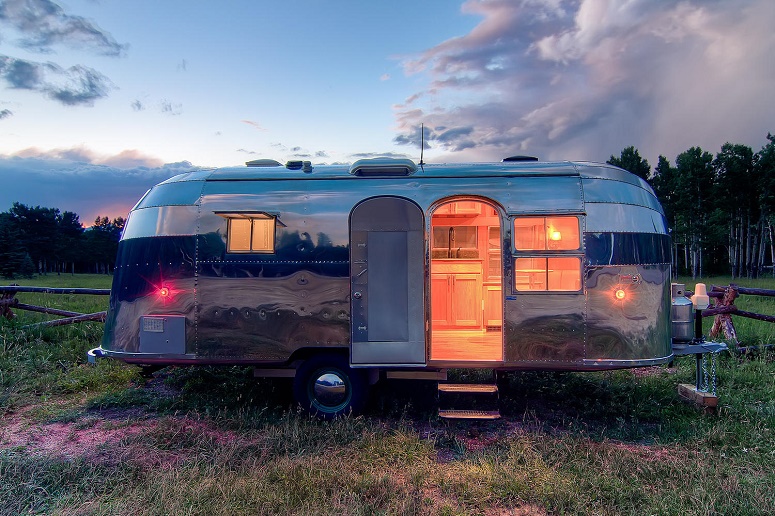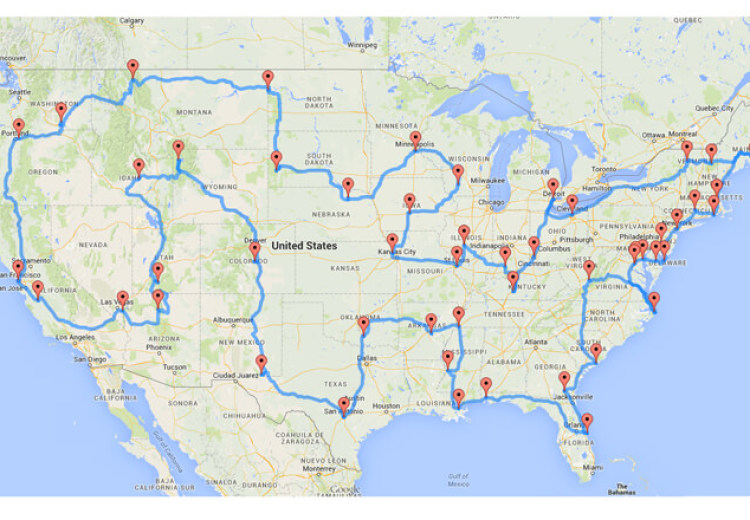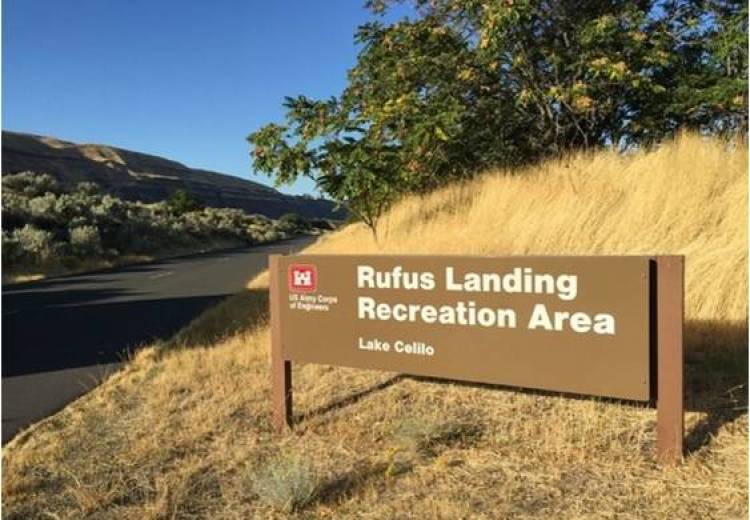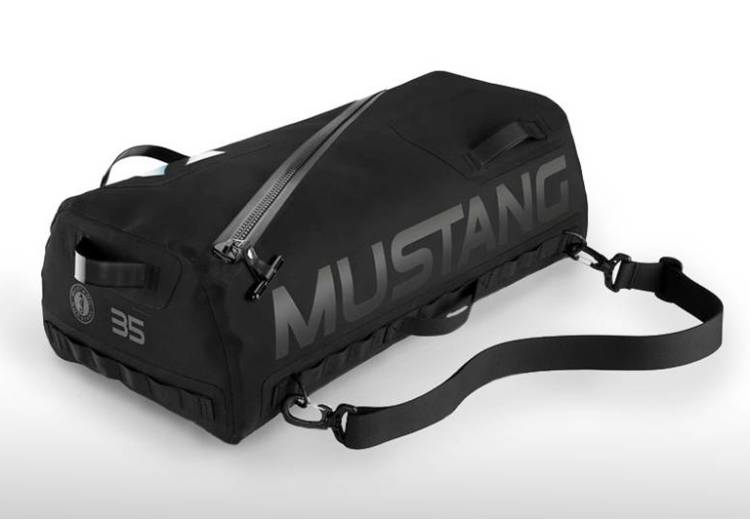
By Claire
Ah the age old question...
“Do I want Aluminum or Fiberglass siding?”
Okay; Well maybe this question didn't keep Galileo up at night, however to those of us who need to ponder the day to day mysteries, it may have come up in your life. There are many factors to decided when first choosing a recreational vehicle. Some of the questions you may end up asking your self include...
How big of a RV can I pull?
Do I want a tow behind vehicle? or something that comes equipped with a engine built in?
Whats the deal with slides? How many slide outs do I need, and what size is best? What is the cost of repair when a slide out needs fixed?
The questions truly are endless, and their is no right answer for everyone. Buying a RV is a big commitment in time and money. Some folks love them and some hate them, so you owe it to your self to put in as much research as possible.
Today I think we should just take a chance to compare the two main siding that are built on to most major motor homes.
Fiberglass
This is becoming the industry standard!
Guaranteed if you go into a RV Dealer, Fiberglass will be the finish of most of their vehicles. It has a beautiful smooth finish that washes clean easily. This is great for attractive paint lines and better protection against dings and tears. Fiberglass also has a lower towing weight and it tends to lead to better aerodynamics (Unless its built with Lauan plywood backer which negates the weight benefits). Plus it has the added benefit of better sound proofing, against outdoor road noise.
So is it the way to go? I guess that depends on you! Fiberglass is not without its own pitfalls. Fiberglass can cause big problems when exposed to water damage. A small leak can warp the layer underneath, causing large bubbles and mold that are very costly to repair. The shiny fiberglass finish can also be costly to upkeep if you need to pay a service for regular waxing. When the gel coat on top of a fiberglass camper is compromised you can spend hundreds or thousands of dollar to restore or repaint your recreational vehicle.
Aluminum
Some say Aluminum is a thing of the past, others say its a classic worth restoring. The first aluminum Airstreams began being produced in the early 1930’s, using large sheets of smooth aluminum. They have lovely smooth lines, and tend to be manageable in size. Airstreams are still a beautiful classic today however can cost a lot in repair when fixing exterior damage (no matter the size). Huge sheets of aluminum can be costly to purchase, handle, and rivet into place. They also need to be buffed and shined to restore lost luster and finish.
Lower cost aluminum RVs tend to be made with smaller removable panels. This can be beneficial in many ways. These aluminum panels tend to cost significantly less to produce. While they are more easily damaged than fiberglass they are also more easily repaired, with a lower cost. Smaller sheets of aluminum simply slip out for replacement.
Whatever you decide, a bit of homework on the vehicle of your choice is always a good investment!







